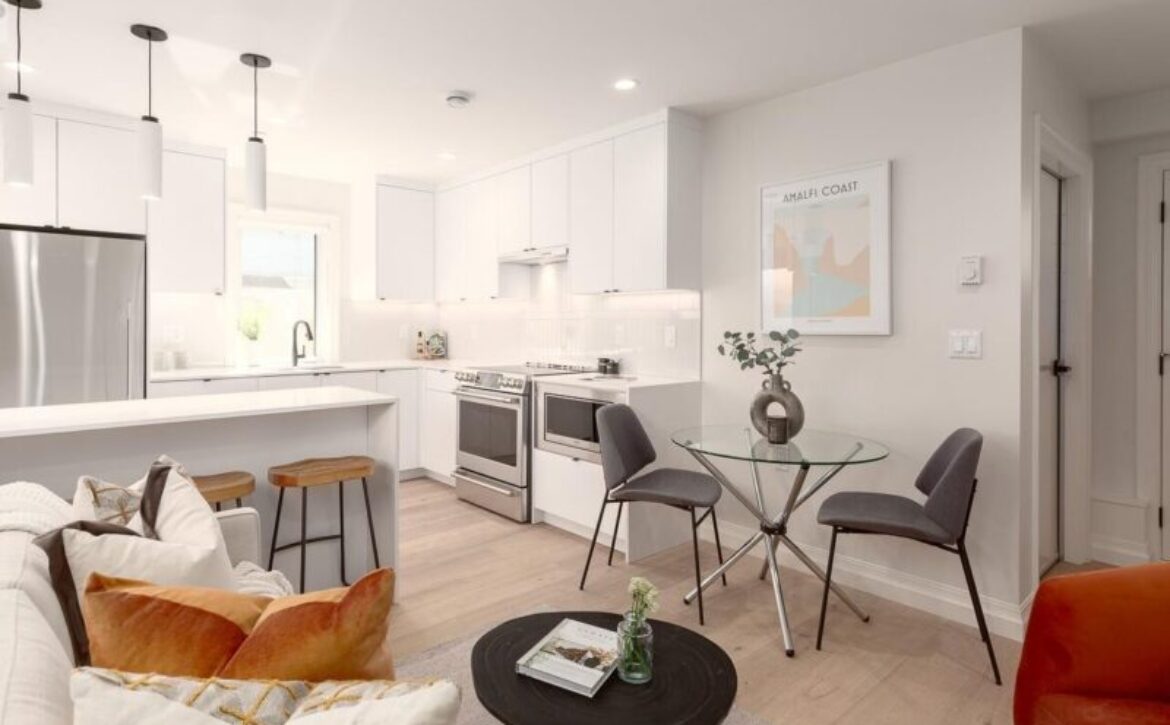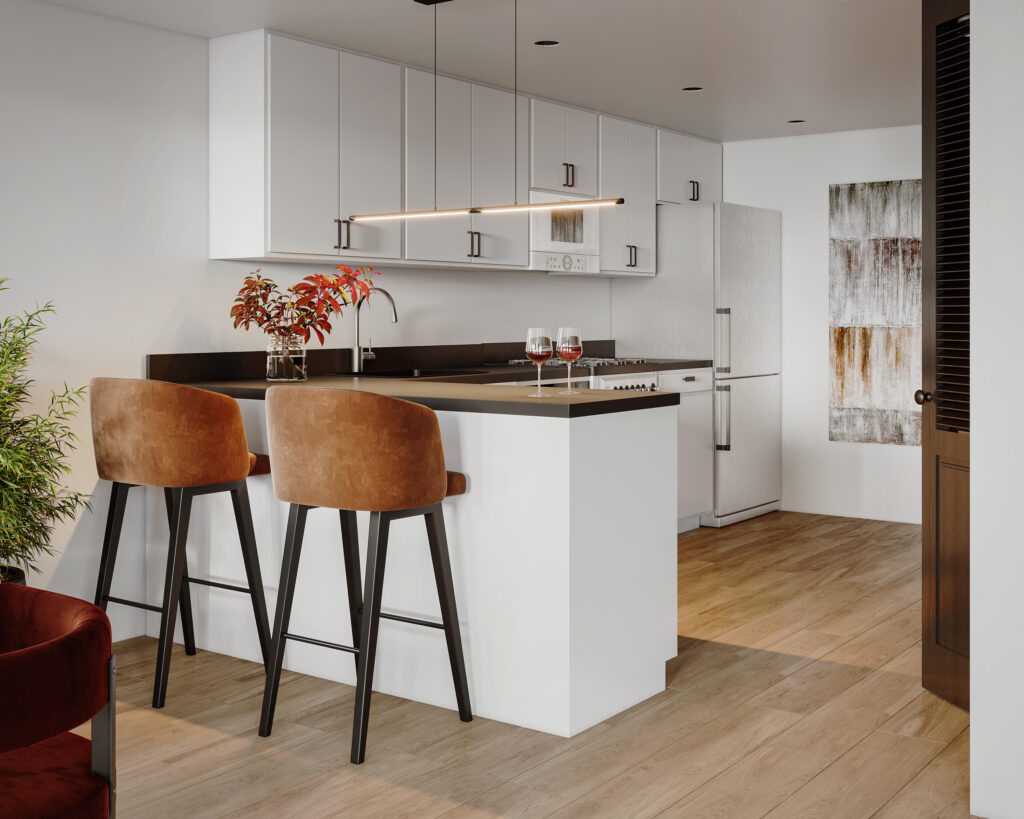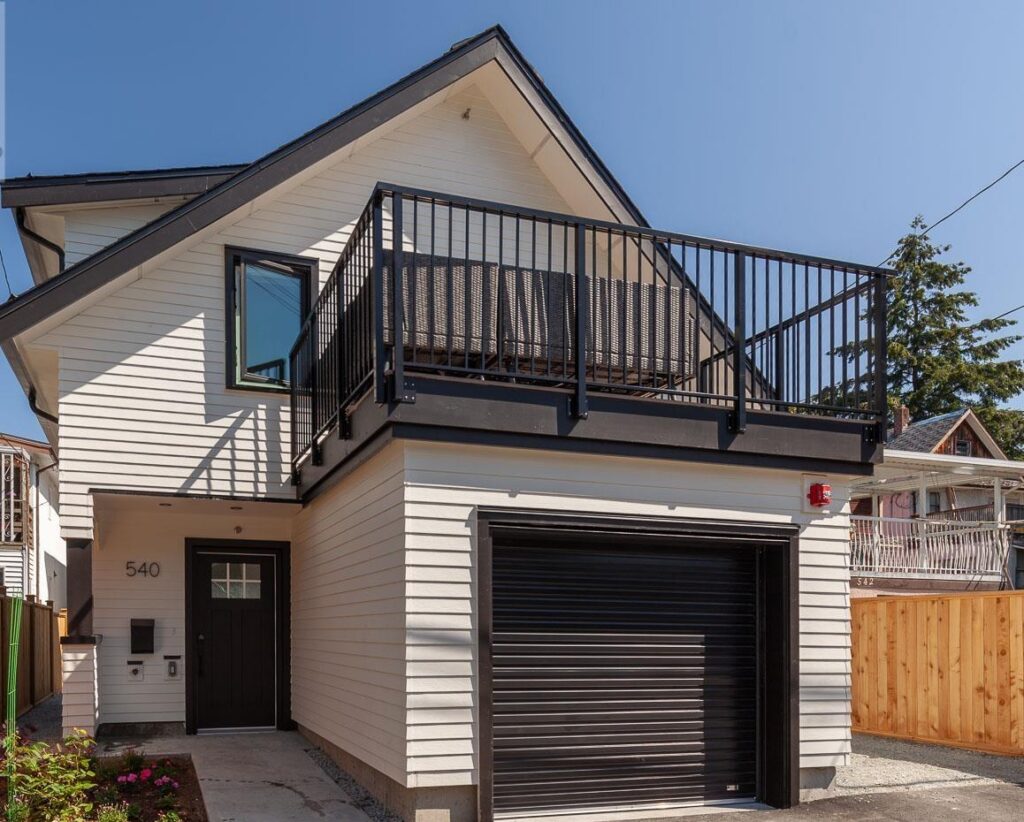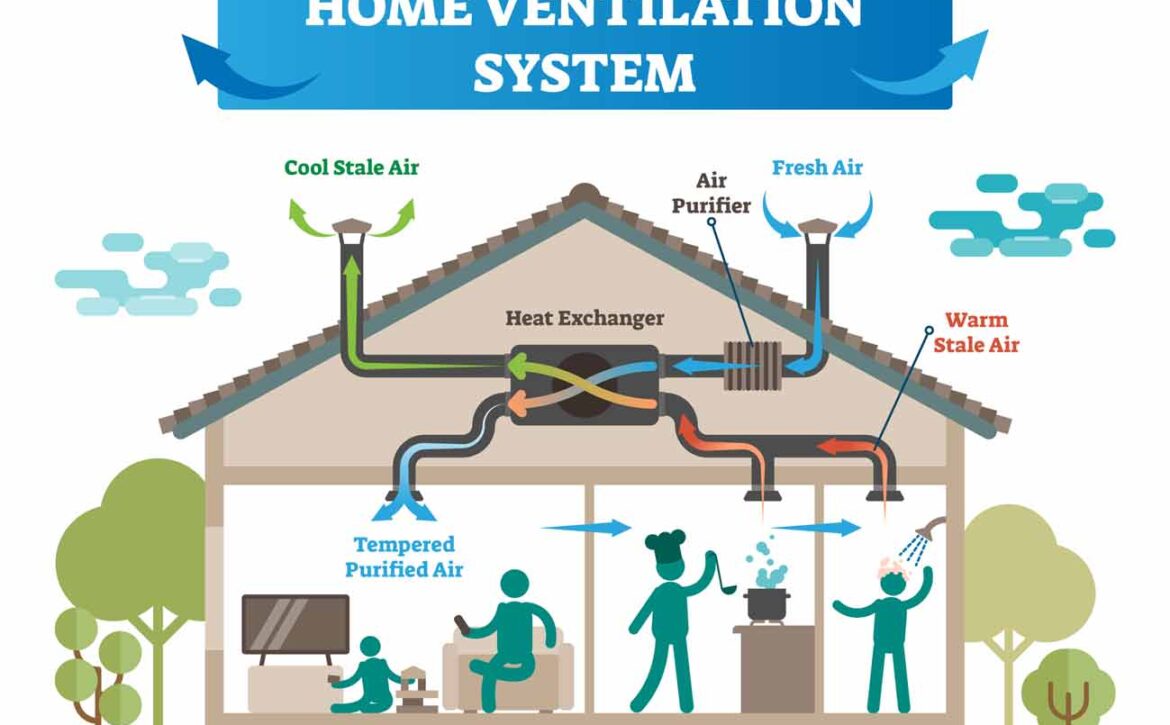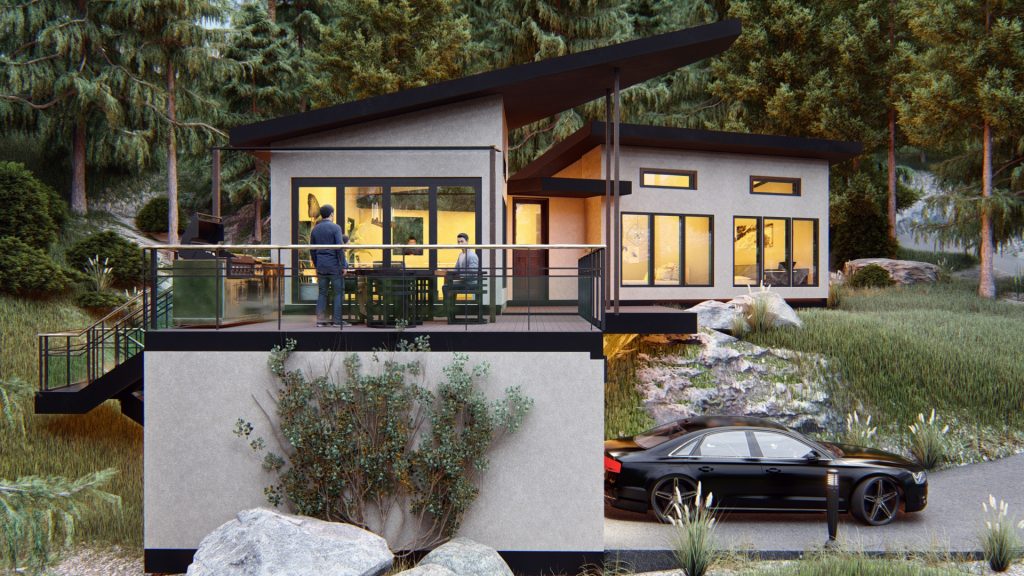Who to hire to make your home design?
When planning to build a new house, one of the most critical steps is hiring the right professional to design your home and prepare the permit application. While it might be tempting to go for the cheapest option available, this decision can have serious consequences. Who to hire to design your home? Here’s why hiring the lowest-cost individual is not a safe choice:
1. Lack of Experience and Expertise
The cheapest designer or service provider may lack the experience and qualifications necessary to handle the complexities of house design and permit applications. Designing a house involves more than just aesthetics; it requires knowledge of structural integrity, local building codes, zoning laws, and environmental considerations. An inexperienced professional may overlook these details, leading to costly mistakes or delays in construction.

2. Poor Quality of Work
Low-cost services often come with compromises in quality. The cheapest designer might use outdated software, cut corners on important details, or fail to provide thorough plans. Poor-quality designs can lead to issues during construction, such as misaligned structures or inefficient layouts, ultimately costing you more in repairs or adjustments.
3. Risk of Rejected Permits
Permit applications must comply with strict regulations and standards. Incomplete or inaccurate applications can result in rejection by local authorities, causing delays and additional fees. A less experienced professional may not fully understand the requirements, increasing the risk of rejection and wasting valuable time and money.
4. Hidden Costs
While the upfront cost may be low, there could be hidden expenses down the line. Inadequate designs might require frequent revisions, leading to additional charges. Mistakes during construction due to poorly executed plans can result in expensive fixes. What seemed like a cost-saving decision could quickly spiral into a financial burden.
5. Lack of Communication and Support
Cheaper professionals often juggle multiple projects to make up for their low fees, which can lead to poor communication and a lack of personalized attention. You may struggle to get timely updates or responses, leaving you frustrated and uncertain about the progress of your project.

6. Limited Accountability
Low-cost providers may not offer comprehensive contracts or warranties for their work. If issues arise, you may find it difficult to hold them accountable, leaving you to deal with the consequences on your own.
What Should You Do Instead?
You might ask who to hire to design your home, right? When it comes to designing your home and managing permit applications, prioritize quality and expertise over price. Look for professionals with a solid portfolio, positive reviews, and relevant certifications. While their services may cost more upfront, the investment will pay off in the form of a well-designed home, smooth permit approvals, and fewer headaches during construction.
Building a new house is a significant investment, and the design and permit application process is foundational to its success. Don’t compromise on quality by choosing the cheapest option. Instead, focus on finding a skilled and reliable professional who can bring your vision to life while ensuring compliance with all regulations. Remember, the right choice today can save you money, time, and stress in the long run.


